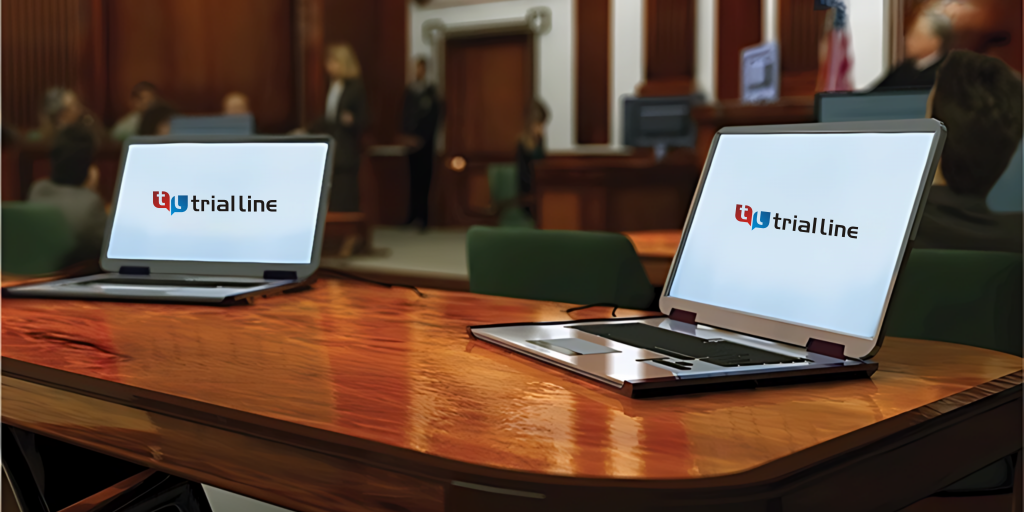The Power of Visuals in Test Presentations for a Winning Argument
The assimilation of visuals in trial presentations has actually arised as a vital variable in efficiently connecting intricate arguments to jurors. By using numerous forms of visual help-- be it diagrams, pictures, or animations-- attorneys can improve understanding and retention, inevitably forming the court's perception of the situation. This technique not just clarifies elaborate narratives however additionally establishes an emotional resonance that can influence decision-making. As we discover the nuances of this technique, it ends up being vital to consider how certain kinds of visuals can make a substantial distinction in test end results. What practical strategies might attorneys use to optimize this capacity?
Significance of Visuals in Trials
In many legal setups, visuals play a critical duty in improving the efficiency of trial presentations. The assimilation of aesthetic aspects can considerably impact jurors' understanding and retention of intricate details, consequently shaping their perceptions and choices. Visuals, such as charts, diagrams, and photographs, can simplify intricate stories, making them a lot more available and compelling.
In addition, the human brain processes aesthetic information more successfully than text, which emphasizes the value of incorporating visuals right into legal arguments. By equating dense lawful concepts right into visual layouts, attorneys can facilitate more clear communication, making sure that bottom lines are not ignored throughout trials.
In addition, visuals serve to involve jurors on an emotional degree, fostering a link to the case that words alone might fail to accomplish. The tactical use visuals can evoke empathy, motivating jurors to think about the human facets of the case.
Inevitably, the importance of visuals in tests depends on their ability to improve quality, improve juror interaction, and enhance the narrative being provided. This powerful combination is necessary for crafting persuasive disagreements that reverberate with jurors and affect the outcome of legal process.
Kinds of Visuals to Use
Efficient test discussions can significantly profit from a selection of visual tools that accommodate various facets of the case. trial presentations. Using layouts and graphes can effectively break down complicated info, making it extra digestible for jurors. For instance, flowcharts can show the series of occasions, while bar charts might succinctly compare relevant data factors.

Animations and simulations can likewise play a crucial function, specifically in situations entailing technical data or complex scenarios. These visuals can dynamically stand for processes or actions, supplying quality and engagement that static pictures might not achieve.
Furthermore, infographics combine text and visuals to summarize vital info properly. They can present timelines, statistics, and significant instance points in a visually attractive fashion, making it less complicated for jurors to follow the debate.
Enhancing Understanding and Retention

Enhancing understanding and retention during trial discussions is crucial for making certain that jurors comprehend the necessary aspects of a case. Aesthetic help function as powerful devices hereof, translating intricate info into conveniently absorbable More Help formats. By making use of graphes, diagrams, and infographics, lawyers can simplify intricate information and highlight bottom lines that may or else be ignored.
Research studies have actually shown that individuals maintain information significantly much better when it exists aesthetically. This is especially relevant in a test setting, where jurors might be overwhelmed by the quantity of evidence and statement. By strategically incorporating visuals, attorneys can guide jurors' attention to one of the most crucial facets of the case, strengthening their understanding and memory of the material provided.

Developing Engaging Discussions
Captivating jurors' focus during test presentations is necessary for conveying an engaging narrative. Engaging discussions take advantage of aesthetic elements to produce a memorable internet experience that resonates with jurors. The critical use of graphics, computer animations, and videos can illuminate intricate info, making it extra available and relatable.

Furthermore, incorporating storytelling strategies can improve engagement. Providing proof in a rational series that develops sob story enables jurors to get in touch with the material on a personal degree. Numerous presentation formats, such as incorporating brief video or interactive elements, can also sustain interest and interest throughout the trial.
Eventually, an interesting discussion fosters a more profound understanding of the case, allowing jurors to much better appreciate the disagreements existing and resulting in an extra positive outcome.
Situation Research Studies and Success Stories
Numerous study highlight the considerable effect of visuals in trial presentations, demonstrating their capacity to influence juror assumptions and eventually the end results of cases. A significant situation entailing an individual injury insurance claim highlighted how the use of a 3D computer animation of the mishap scene made clear intricate details. Jurors reported feeling more educated and empathetic, considerably guiding their choice in support of the complainant.
In one more circumstances, a business lawsuits case used infographics to present monetary information and timelines, making intricate details obtainable. The visual representation enabled jurors to grasp the nuances of the situation extra successfully than spoken explanations alone. trial presentations. As an outcome, the jury returned a verdict that went beyond the client's assumptions
The engaging go to the website visuals not only aided in producing doubt however also reverberated emotionally with jurors, leading to a pardon. These success stories emphasize the requirement of incorporating visuals into test presentations, as they improve understanding, retention, and ultimately, the convincing power of lawful disagreements.
Verdict
In final thought, the critical consolidation of visuals in test presentations substantially enhances jurors' comprehension and retention of intricate information. By using numerous sorts of visuals, lawyers can effectively clear up vital points and foster emotional links with the target market. Engaging presentations, sustained by engaging study, show the extensive impact that visuals can have on influential interaction. Ultimately, the power of visuals serves as an essential element in accomplishing positive test end results.